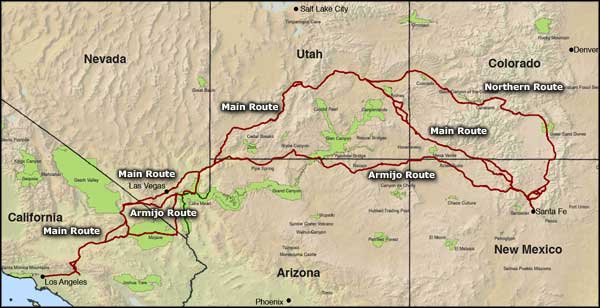Old Spanish Trail
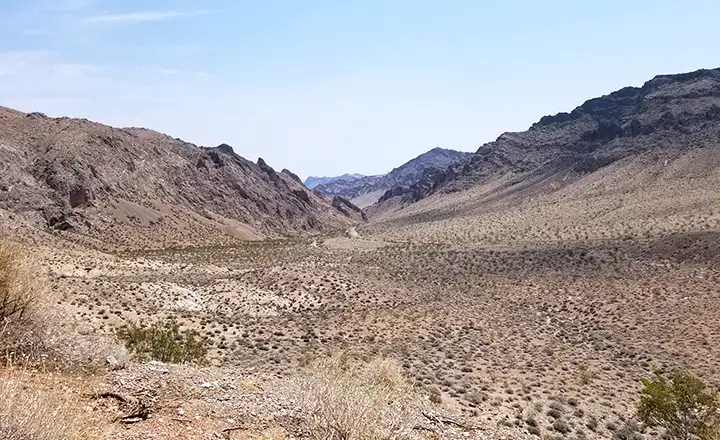
In southern Nevada along the Old Spanish Trail
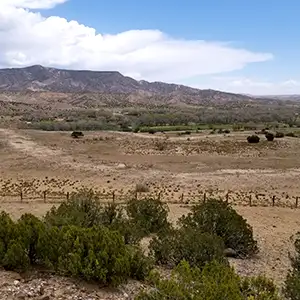
Looking over Poshuouinge
The Old Spanish Trail was first established in 1829 by Antonio Armijo, a Mexican trader based in Abiquiu, New Mexico. The route he followed was an amalgam of routes followed by other explorers over the years. Armijo just happened to be the first person to put together a viable route that led all the way from Santa Fe to Los Angeles.
Padres Dominguez and Escalante had set out from Santa Fe in search of this route in 1776. They made it to western Utah but turned around there, discouraged by seeing only more of the vast empty Great Basin opening out in front of them. Armijo retraced the route the Fathers traveled back to Santa Fe, not the route they took going west (their return route had been much easier than the other route). In central Utah he then located and followed the paths of routes taken by Jedediah Smith in 1826 and 1827 until he reached the vicinity of a route followed unsuccessfully by Manuel Rivera in 1828 (Rivera had been headed east from Los Angeles but didn't make it past southwestern Utah).
Armijo made that first trip with 60 men and 100 mules carrying woolen goods to the colonists in California. Once there, he traded his goods for several thousand horses and mules. He and his men then drove the livestock back to Santa Fe and made a significant profit in selling those horses and mules to traders plying the Santa Fe Trail. Over the next twenty years other travelers followed Armijo's route with a few significant variations. Collectively, all the major variations are now known as the Old Spanish National Historic Trail.
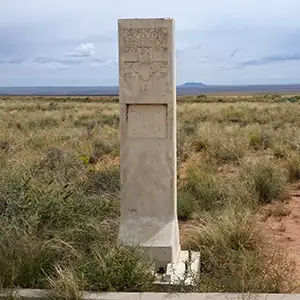
Dominguez-Escalante Trail marker
From 1829 to 1849, traffic on the Old Spanish Trail increased every year. Then the United States took possession of most of the Southwest in 1848 and other, safer, easier routes were opened up. Spanish Trail caravans did continue to use sections of the trail to move goods between Santa Fe and the Mormon colonies in Utah but their welcome in Utah was rescinded in 1853. From then on, pretty much the only traffic on the trail was marauding Indians and outlaws.
The Old Spanish Trail was first named "the Spanish Trail" in John C. Fremont's published report of his 1844 journey from California back to the United States. He followed the trail from southern California into Utah, then struck out in a different direction to the east. It was Fremont who also coined the term "Great Basin" in that same publication.
Interest in the Old Spanish Trail died off for almost 100 years, then was revived by Utah and Nevada as those states moved toward their centennial celebrations. It still took years to get federal attention but finally Senator Ben Nighthorse-Campbell introduced Bill S 1946, the Old Spanish Trail Recognition Act, and it passed the Senate unanimously in 2002. Later that year President George W. Bush signed the Act and the Old Spanish National Historic Trail became a viable National Park Service, National Forest Service and Bureau of Land Management project.
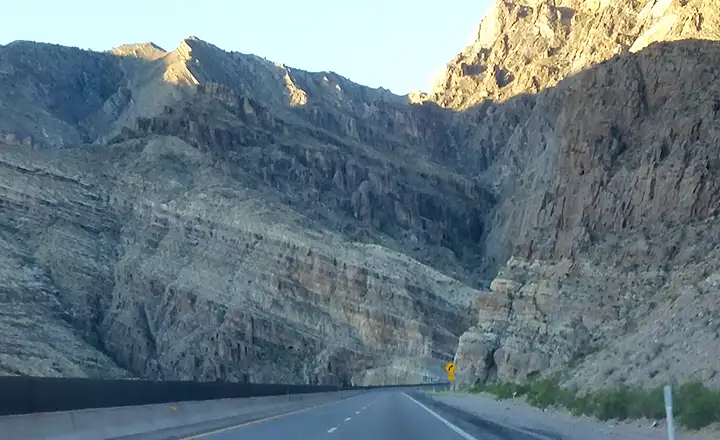
The Old Spanish Trail ran through the Virgin River Gorge in northwestern Arizona
Map courtesy of the National Park Service
